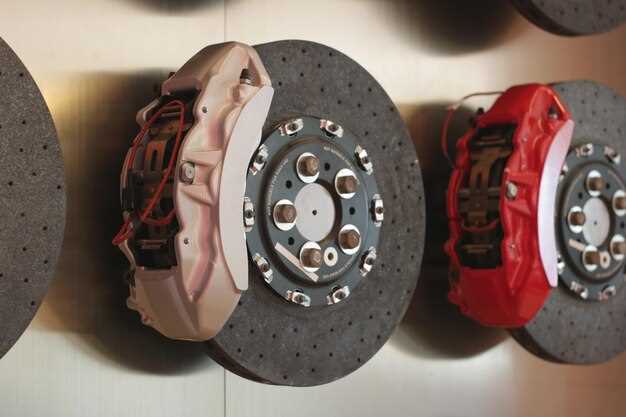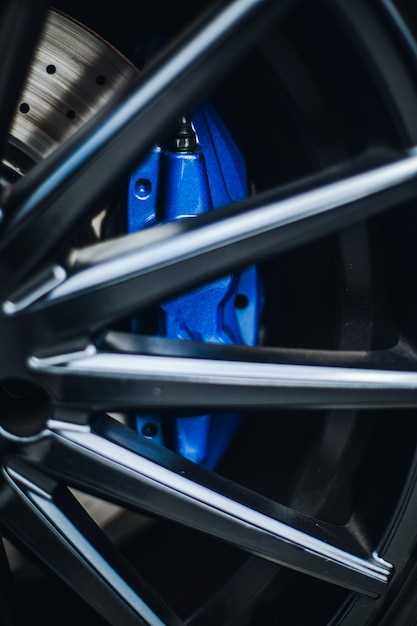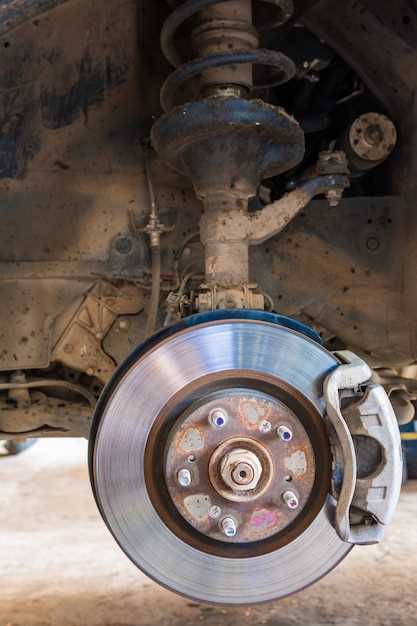
Brake systems are a critical component of any vehicle, ensuring safety and control during operation. Among the various types of brake systems, two of the most common are drum and disc brakes. Each system has its own unique characteristics, advantages, and disadvantages, which can significantly affect performance and maintenance.
Drum brakes, traditionally favored in older vehicles and certain applications, use a set of shoes that press against the inner surface of a rotating drum to create friction. This design offers several benefits, including effective performance in low-speed situations and reduced cost. However, drum brakes can suffer from issues like overheating and brake fade, especially under heavy use or in high-performance scenarios.
On the other hand, disc brakes have become the preferred choice for modern vehicles due to their superior cooling capabilities and performance in various driving conditions. The disk design allows for better heat dissipation, which leads to more consistent braking power and reduced likelihood of fade. Yet, disc brakes typically come at a higher cost and may require more frequent maintenance compared to their drum counterparts.
In this article, we will delve deeper into the fundamental differences between drum and disc brakes, exploring their respective pros and cons to determine which system ultimately reigns supreme in the realm of braking technology.
Drum vs Disc Brakes: Which One Is Superior?
When it comes to vehicle braking systems, two main types are commonly discussed: drum brakes and disc brakes. Each has its own set of advantages and disadvantages that can impact overall vehicle performance, safety, and maintenance.
Disc brakes are often considered superior for a variety of reasons. They offer better performance in terms of heat dissipation, which is crucial during prolonged braking. The open design of disc brakes allows for airflow, reducing the risk of brake fade, a phenomenon that can occur when brakes overheat. This makes disc brakes particularly effective in high-speed and high-performance applications.
Moreover, disc brakes generally provide improved stopping power in wet conditions. The exposed rotor quickly sheds water, ensuring consistent friction and responsiveness. In contrast, drum brakes can trap water and mud, impairing their effectiveness and leading to longer stopping distances.
On the maintenance front, disc brakes are easier to inspect and replace. The visibility of the rotors allows for a straightforward assessment of wear, while drum brakes require more effort to access and evaluate. Additionally, disc brakes tend to wear more evenly, which can prolong their lifespan compared to the uneven wear that may occur with drum brakes.
However, drum brakes are still prevalent in many vehicles, especially older models and less performance-oriented cars. They tend to be less expensive to manufacture and can be effective as parking brakes due to their design. In situations where weight and cost are significant concerns, drum brakes may be a practical choice.
In conclusion, while both braking systems have their place in automotive design, disc brakes are generally regarded as the superior option due to their performance, safety, and ease of maintenance. The choice often depends on specific vehicle requirements, driving conditions, and budget considerations.
Performance in Different Conditions: Overcoming Challenges
Braking systems play a crucial role in vehicle safety and functionality, and understanding their performance in various conditions can help drivers make informed choices. Drum brakes and disc brakes each exhibit unique strengths and weaknesses when faced with different driving scenarios.
In wet conditions, disc brakes tend to outperform drum brakes. The open design of disc brakes allows for better water drainage and quicker drying, ensuring consistent stopping power. This is particularly important during heavy rainfall or in areas prone to flooding. In contrast, drum brakes can trap water, leading to reduced effectiveness until they dry out, increasing stopping distances during critical moments.
When it comes to off-road or rugged terrain, drum brakes have an advantage in terms of durability. They are less susceptible to dirt and debris accumulation, which can hinder the operation of disc brakes. However, the increased heat generated by prolonged braking on steep descents can cause drum brakes to fade. Thus, the type of terrain must be considered when choosing a braking system.
In high-performance situations, such as racing or aggressive driving, disc brakes generally excel. They maintain better performance under heavy use due to their ability to dissipate heat more effectively. This minimizes brake fade and provides reliable stopping power, crucial in situations requiring quick and precise actions. In contrast, while drum brakes can offer sufficient stopping power, they may not perform as consistently under extreme conditions.
Finally, temperature fluctuations can also affect brake performance. Disc brakes perform well in a wide range of temperatures, whereas drum brakes may struggle in high heat conditions, leading to potential brake failure. Understanding these challenges allows drivers to make informed decisions based on their specific driving environments.
Maintenance Requirements: Longevity and Costs

When comparing drum and disc brakes, it is essential to examine their maintenance requirements, longevity, and associated costs. Each braking system has its unique characteristics that influence their overall effectiveness and upkeep.
Maintenance Requirements
Maintenance for both drum and disc brakes is crucial for optimal performance. Here’s how they differ:
- Disc Brakes:
- Typically require less frequent maintenance.
- Brake pads need replacement after substantial wear, which can vary based on driving habits.
- Inspecting the calipers for proper function is necessary, but they are generally more resilient.
- Rotors may need resurfacing or replacement if warped or worn.
- Drum Brakes:
- Often require more frequent maintenance due to dust buildup and wear on components.
- Brake shoes can wear unevenly, requiring more regular inspections.
- Drum cleaning is essential to prevent performance issues.
- Replacement of drums may be necessary if they become excessively worn.
Longevity
Longevity is a significant factor when evaluating brake systems:
- Disc Brakes:
- Generally have a longer lifespan due to better heat dissipation
- High-quality pads and rotors can last up to 70,000 miles under optimal conditions.
- Drum Brakes:
- Tend to have a shorter lifespan, often requiring replacement after 30,000 to 50,000 miles.
- Can be affected by environmental conditions like moisture and road debris.
Costs
The costs associated with each braking system are also an essential consideration:
- Disc Brakes:
- Initial installation costs may be higher due to advanced technology.
- Replacement pads and rotors are typically more expensive than drum components.
- Long-term savings often offset initial expenses due to reduced maintenance frequency.
- Drum Brakes:
- Lower initial cost for installation, making them appealing for budget-conscious consumers.
- Replacement parts are generally cheaper; however, frequent repairs can add up.
- Potential long-term costs may exceed those of disc brakes due to higher maintenance needs.
Ultimately, the choice between drum and disc brakes will depend on specific driving needs, budget, and preferences for maintenance and longevity.
Application Suitability: Choosing the Right Brake Type

When selecting between drum and disc brakes, the intended application plays a crucial role. Drum brakes are often favored for rear wheel applications in budget-friendly vehicles, where weight and cost savings are priorities. They provide adequate stopping power under normal driving conditions and exhibit effective performance in less demanding scenarios.
In contrast, disc brakes are preferred for performance vehicles and applications requiring consistent braking under heavy loads or high temperatures. Disc brakes excel in dissipating heat, which reduces brake fade, making them more suitable for high-speed and high-performance driving. Their ability to deliver superior stopping power enhances safety in these demanding environments.
Additionally, maintenance considerations can influence the choice between the two. Drum brakes tend to require more frequent adjustments and maintenance due to their enclosed design, while disc brakes are generally easier to service. This accessibility can be a significant factor for fleet operations or vehicles that undergo regular maintenance cycles.
Ultimately, the decision should involve evaluating specific driving requirements, vehicle type, and maintenance capabilities. Understanding the strengths and weaknesses of both drum and disc brakes will ensure the right brake system is chosen for optimal performance and safety.

